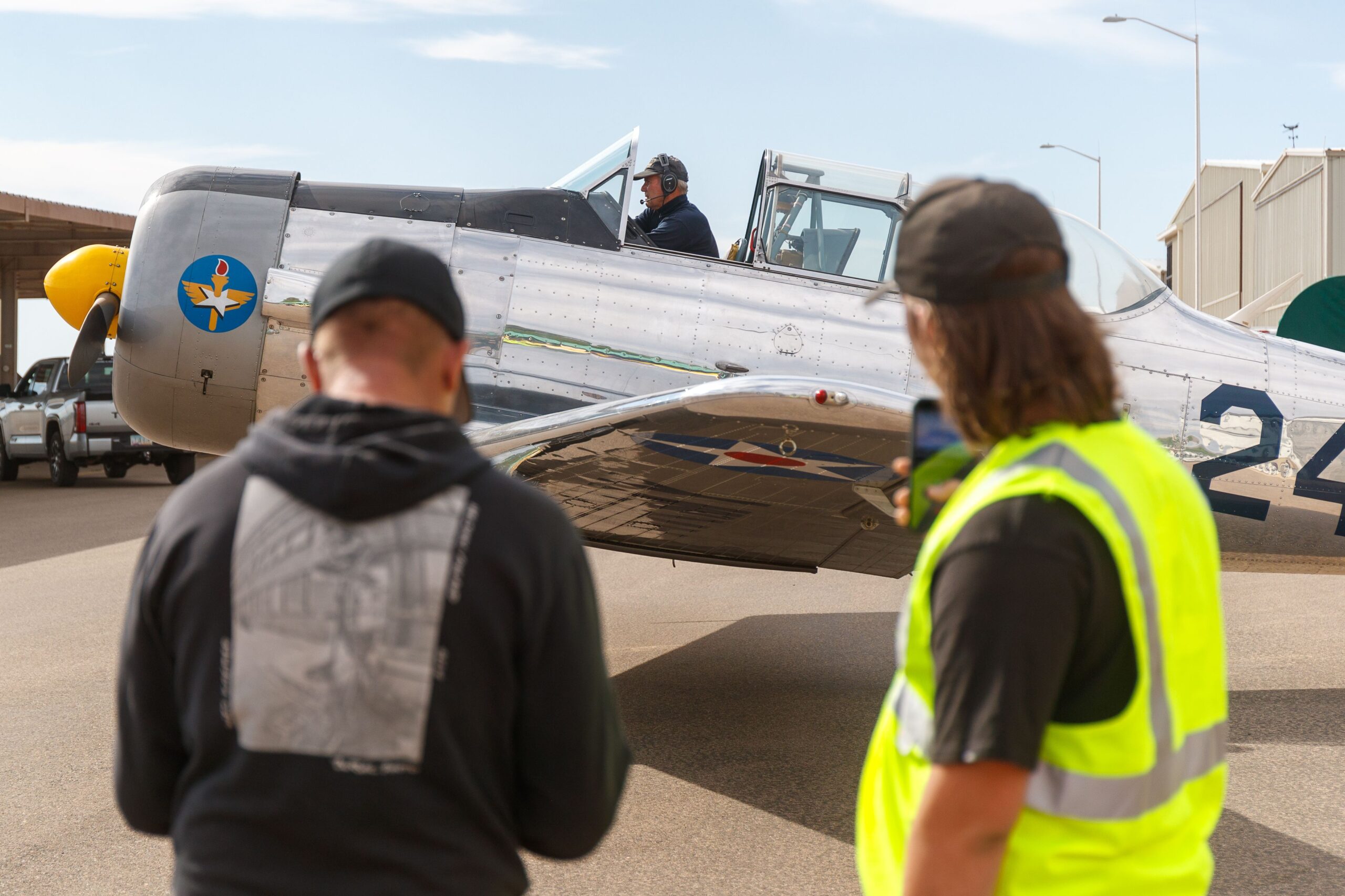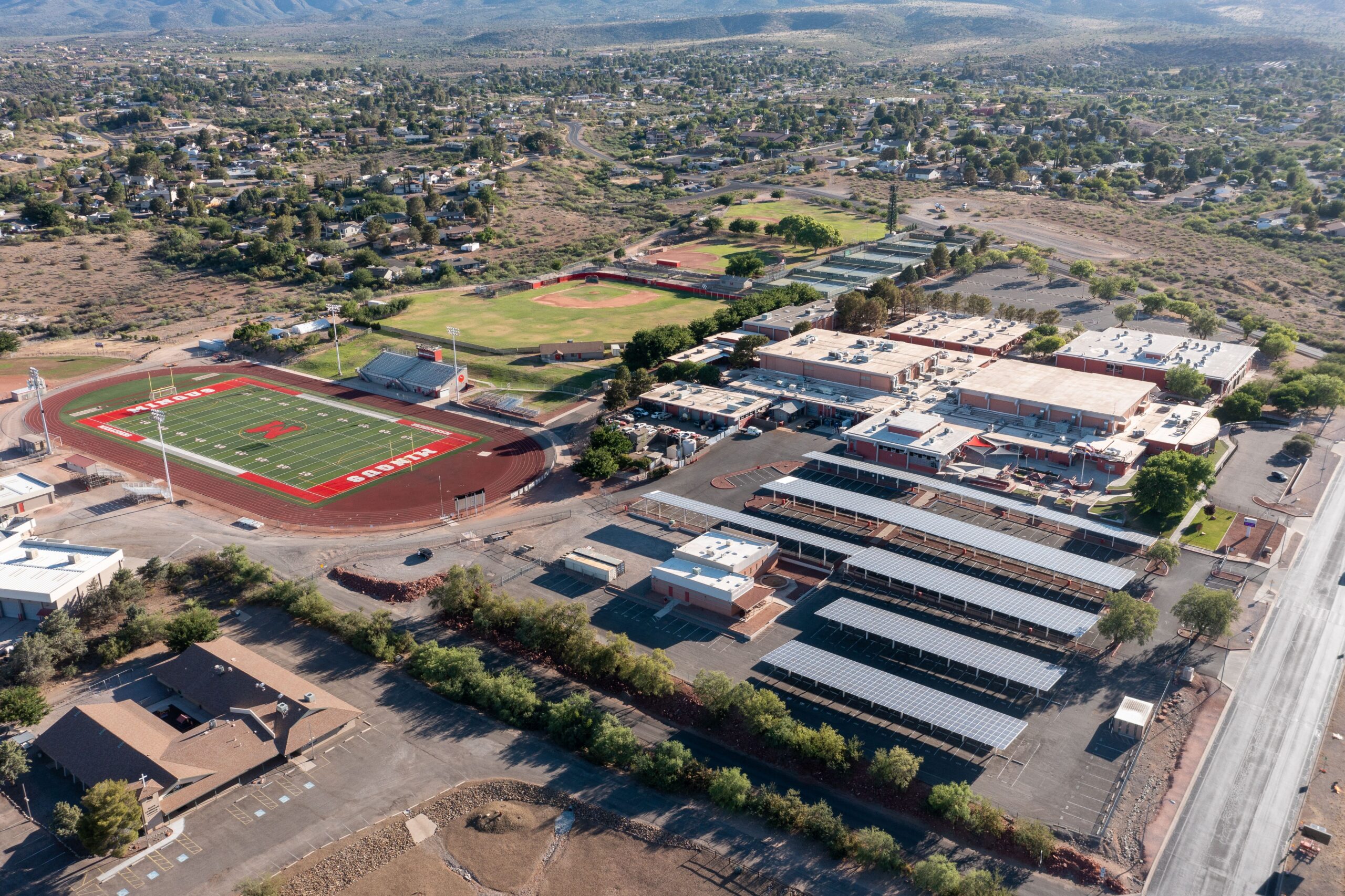It’s the holiday season and with it come the traditions. There’s one Christmas tradition, however, that people might not have heard about unless they’re bird lovers — and it’s been going strong for 112 years.
It’s the annual Christmas Bird Count, first started way back in 1900 by Frank Chapman, an ornithologist, field guide author and early member of the National Audubon Society, the famous nonprofit conservation organization.
Throughout the Christmas season, volunteers, including volunteers with the Arizona Game and Fish Department, fan out throughout the state.
Their job is simple. Patrol an area with a 15-mile radius and keep track of every bird and bird species they see.
According to the game and fish department, the data is collected to help monitor winter bird populations across Arizona and the Western Hemisphere.
Bea Cooley will be keeping tabs on our flying friends in the Camp Verde area. It’s not an imposition to record what she sees; Cooley said she’s loved bird-watching as a hobby for 30 years.
“Montezuma Well, Red Rock [State] Park, there’s a lot of great places for birds around here,” Cooley said.
Cooley said the bird count, in which she’s participated before, was thought up by Chapman as an alternative to a popular pastime around Christmas at the turn of the last century: hunting birds, but not for food.
“People went hunting for birds on Christmas Day,” Cooley said. “Some were hunted for feathers to put in hats.”
In response to the popularity of the bird hunts, Cooley said the founder of the event thought it might be better to spend that time counting birds instead of killing them.
The event grew over the years, and today, thousands of people participate, offering their assistance in collecting the data.
It’s invaluable data for wildlife scientists and others in the field, particularly during the past 50 years, Cooley said.
Cooley said that in that time scientists have been able to track bird migration patterns and have seen bird groups steadily move further and further north, little by little, an effect of gradual climate change as the birds look to stay in more familiar temperatures.
Around here, however, Cooley said there aren’t many migrants around Christmastime.
Still, Cooley said you never know when you’re going to see a rarer bird or just which kind of bird is going to potentially show up in any given area.
“That’s some of the fun of it,” Cooley said. “You get to see nice places and you get to see the birds.”
For information on this year’s Christmas Bird Count, visit AZGFD.gov.


